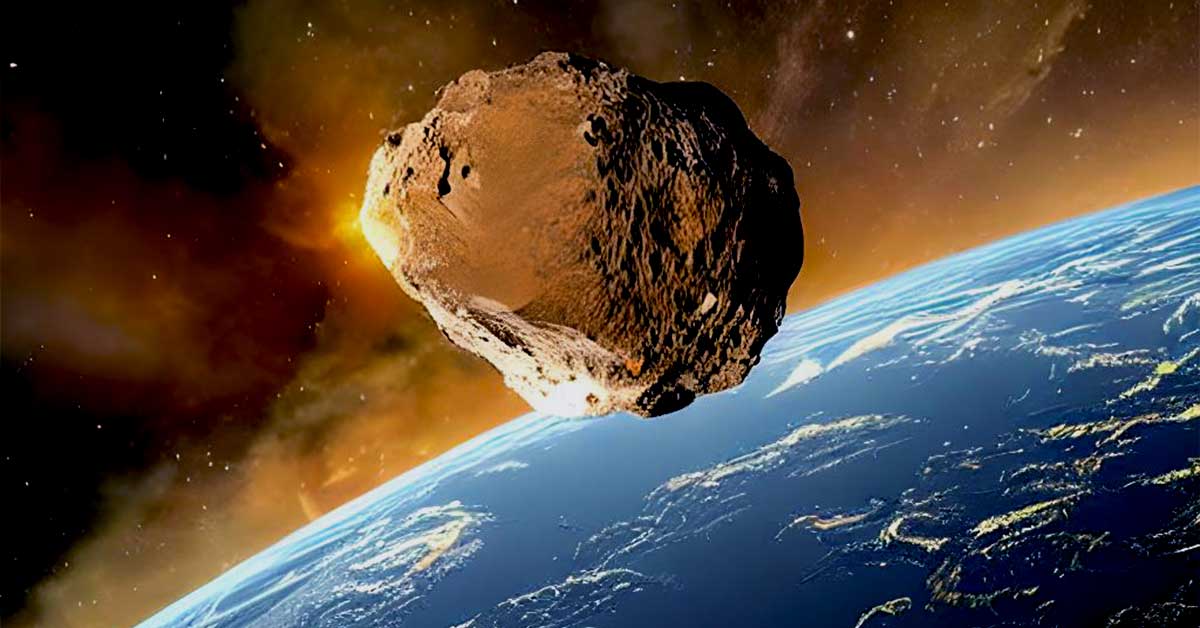Imagine an asteroidal object hurtling through space towards Earth. What if we could foresee and identify these threats before they pose any real harm to society? Do you remember the 'Don't Look Up' tv series?
As a huge fan of the Sci-Fi genre and enthusiastic fan of the story of evolution, this kinda thing scares me a lot.
Curiocial has previously discussed Artificial Intelligence and how its role changes our daily lives; now, AI may save our lives. An AI algorithm known as HelioLinc3D, which was developed for the Vera Rubin Observatory in Chile, has successfully spotted a hazardous asteroid, tagged as 2022 SF289, on a path toward Earth.

This space rock, measuring 600 feet in length, falls under Potentially hazardous objects (PHAs). Its trajectory brings it within 140,000 miles of Earth, roughly half the distance to the Moon. Although this distance seems considerable, considering its size and potential impact, it's uncomfortably close.
Astronomers have long searched the night sky with telescopes for celestial anomalies. Due to their smaller sizes, smaller space rocks, as we call asteroids, may be harder to detect. Yet, their potential damage could prove devastating, possibly wiping out entire cities or countries entirely.

This is where the NASA-funded Asteroid Terrestrial-impact Last Alert System (ATLAS) comes into play, aiming to monitor and trace these concealed threats.
The partnership between the Rubin Observatory and HelioLinc3D is a celestial match. Outfitted with a substantial mirror and camera, the observatory can photograph the entire night sky every three nights.
Yet managing this vast volume of information can be a daunting task; that is where HelioLinc3D comes into its own: with algorithms designed to process and identify potentially hazardous objects.

The triumph of HelioLinc3D in identifying 2022 SF289 showcases its practical effectiveness. Researchers like Ari Heinze of the University of Washington join forces to design HelioLinc3D.
Conventional telescopes typically require capturing four images each night to confirm the presence of moving space objects. However, the Rubin Observatory and HelioLinc3D have redefined this process.
They can achieve the same degree of certainty with just two images each night; these images don't need to be taken on consecutive nights.
As Queen's University Belfast astronomer Meg Schwab aptly phrases it, this dynamic partnership between Rubin Observatory and HelioLinc3D will not only locate asteroids but also monitor all moving objects traversing our nightly sky.
Sources: nytimes.com / washington.edu












